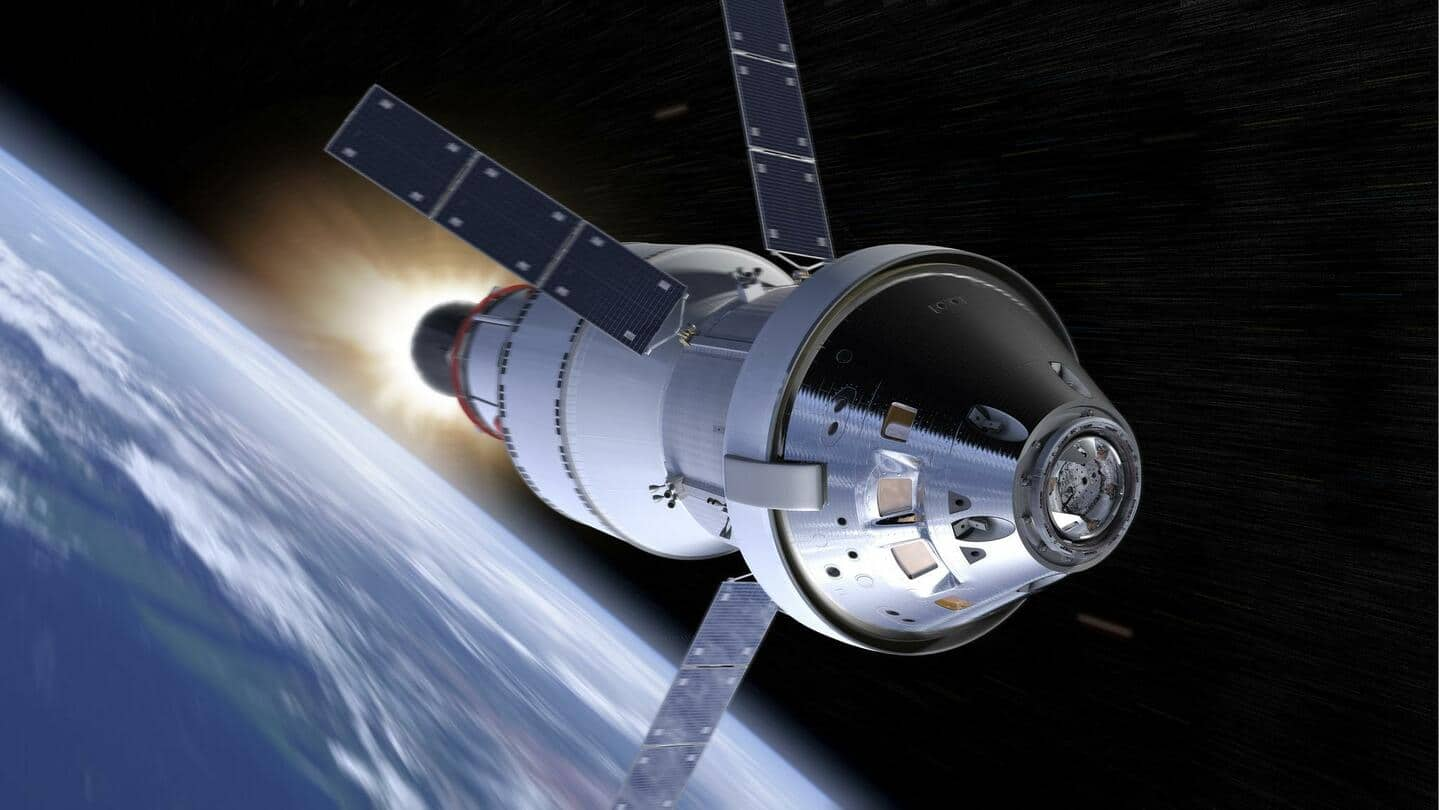
Artemis 1's Orion spacecraft returns after "record breaking mission"
What's the story
Artemis 1's Orion spacecraft safely splashed down in the Pacific Ocean, at 9:40 am PST (11:10 pm IST) on December 11 (Sunday).
The gumdrop-shaped space capsule made a parachute-guided landing, west of Baja California in Mexico, marking the end of its record-breaking 25.5-day mission.
The spacecraft traveled more than 2.3 million km around the Moon before making its way back to Earth.
Context
Why does this story matter?
The splashdown was the "final milestone" for Artemis 1, the uncrewed test flight of the Orion spacecraft and the SLS rocket, which took off on November 16.
Via the upcoming Artemis missions, NASA aims to land the first woman and the first person of color on the surface of the Moon. It will also serve as a "stepping stone" for manned missions to Mars.
Details
Orion had to withstand high temperatures during re-entry
During its re-entry through Earth's atmosphere, Orion had to withstand temperatures close to 2,760 degrees Celsius and had to slow down from 4,023km/h to about 32km/h before it made its parachute-assisted splashdown in the Pacific Ocean.
The recovery team is working to transport Orion to the Kennedy Space Center in Florida, where the space capsule and its space shield will undergo "testing and analysis."
Twitter Post
Here's what US Vice President Kamala Harris had to say
I applaud the @NASA team for their work on completing a successful Artemis I mission. We’re one step closer to returning astronauts to the moon. pic.twitter.com/mv8tAk1cra
— Vice President Kamala Harris (@VP) December 11, 2022
Achievement
Orion set a new distance record during its mission
During its mission, Orion performed two lunar flybys, one of which brought it almost 128km close to the Moon.
The space capsule also traveled about 4,34,522km from Earth, which is 1,000 times farther than where the International Space Station (ISS) orbits Earth.
The spacecraft shattered Apollo 13's distance record, by traveling the farthest that any spacecraft built for humans has ever traveled.
Official words
NASA aims at establishing 'sustained presence' on the Moon
"With Orion safely returned to Earth we can begin to see our next mission on the horizon which will fly crew to the Moon for the first time as a part of the next era of exploration," said Jim Free, associate administrator at NASA.
The space agency seeks to establish a "sustained human presence on the Moon for scientific discovery."